Geogrid Retaining Wall: Key Benefits and Solutions for Modern Landscaping and Construction
A geogrid retaining wall is a structure used to support soil at an inclined angle, often in landscaping or civil engineering projects.
Tel: +86-411-39569550 | E-mail: info@geofantex.com/geofantex@gmail.com
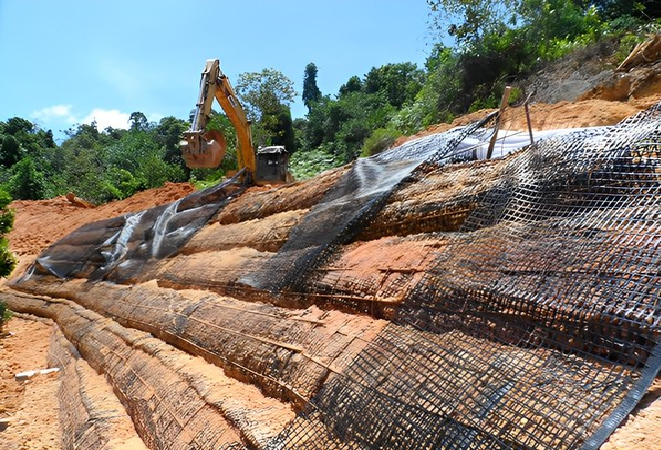
A geogrid retaining wall is a structure used to support soil at an inclined angle, often in landscaping or civil engineering projects.
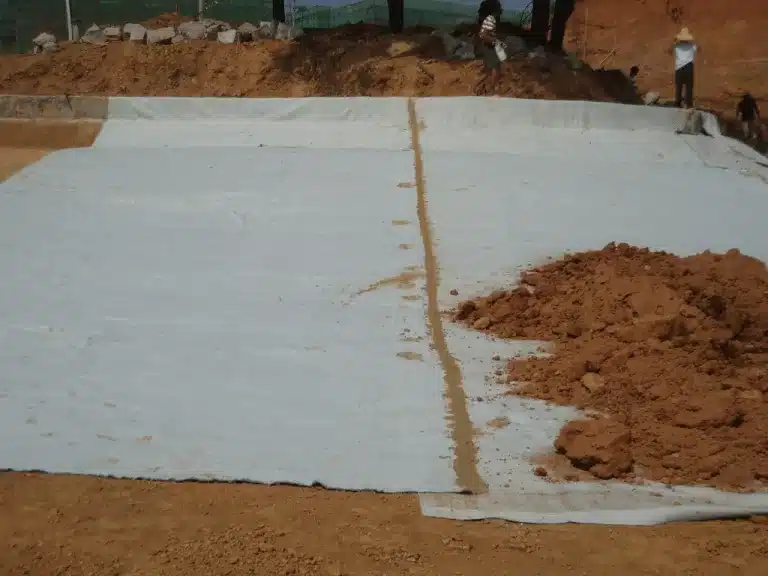
Geosynthetic fabric is a vital material used in many civil engineering applications, providing solutions for reinforcement, drainage
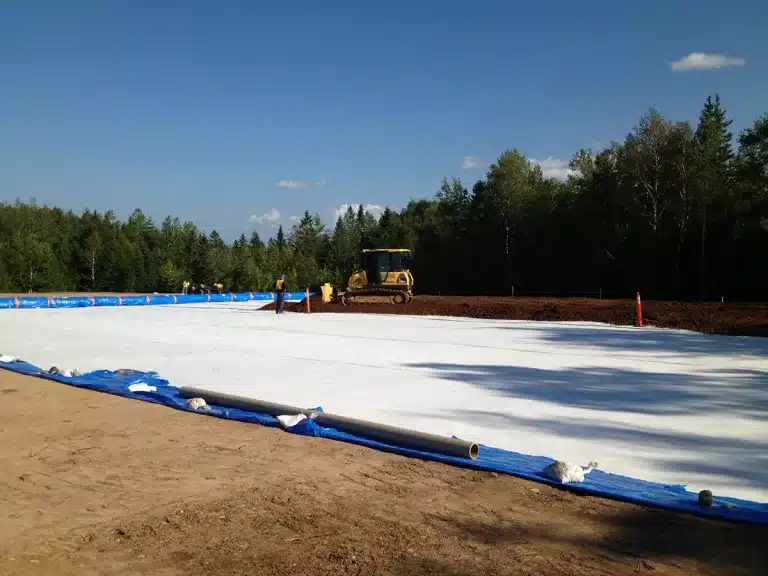
In projects, geosynthetic liners offer a range of benefits, such as durability, cost-effectiveness, and environmental protection.
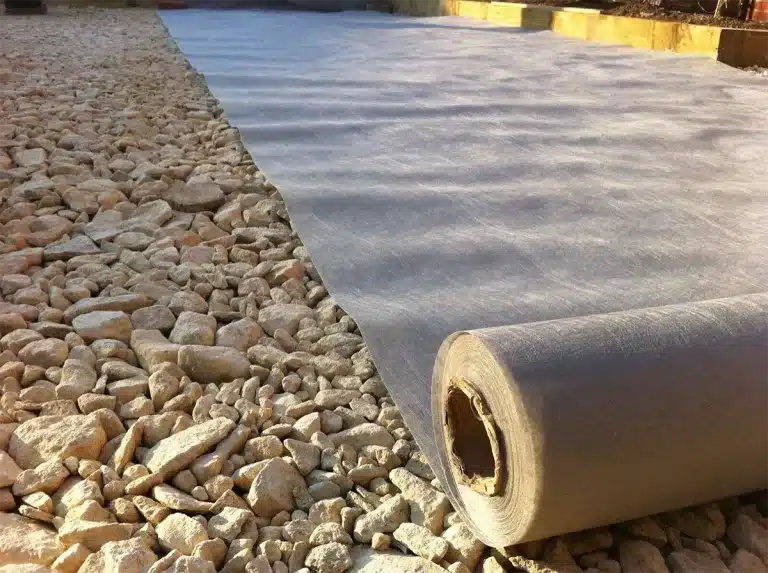
In recent years, the use of geotextile fabric under gravel has become increasingly popular in various infrastructure projects
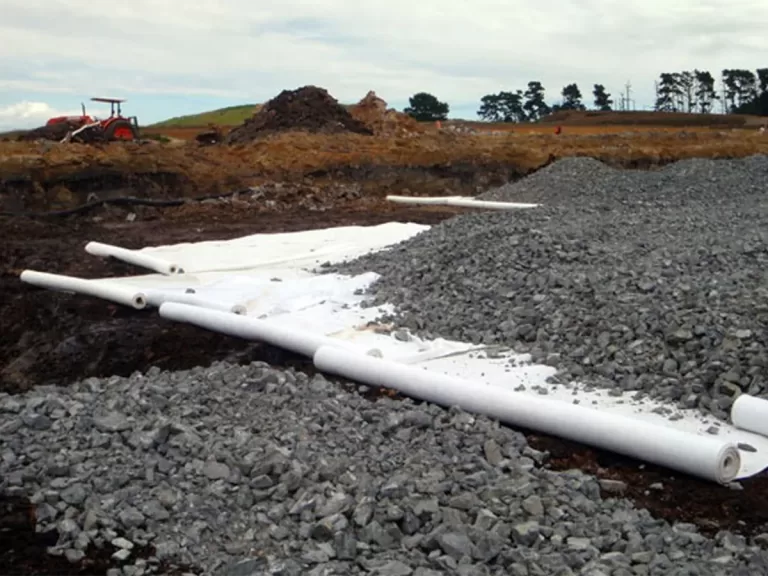
After consulting with a geosynthetics supplier, they chose to install geotextile fabric for driveway stabilization.
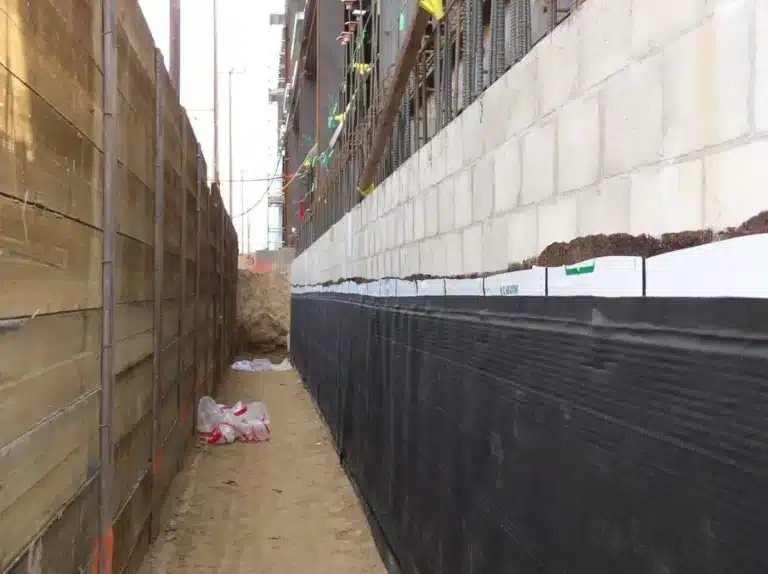
The use of geocomposite retaining walls is particularly advantageous in areas with challenging soil conditions or tight budgets.

The growing demand for geocomposite retaining walls can be attributed to advancements in geosynthetic materials
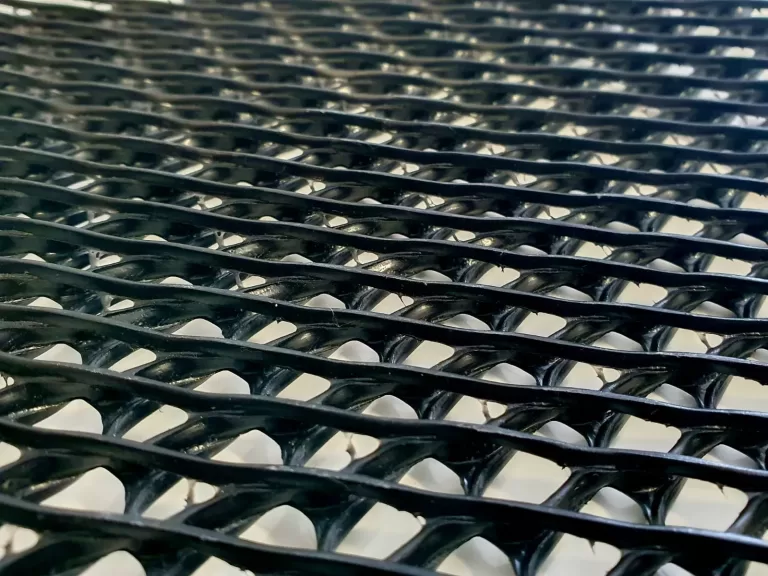
By addressing drainage challenges with a drain geonet, you can enhance the reliability and efficiency of your electric motor systemsc.

One of the main benefits of Geonet water flow is its ability to enhance the performance of drainage systems.
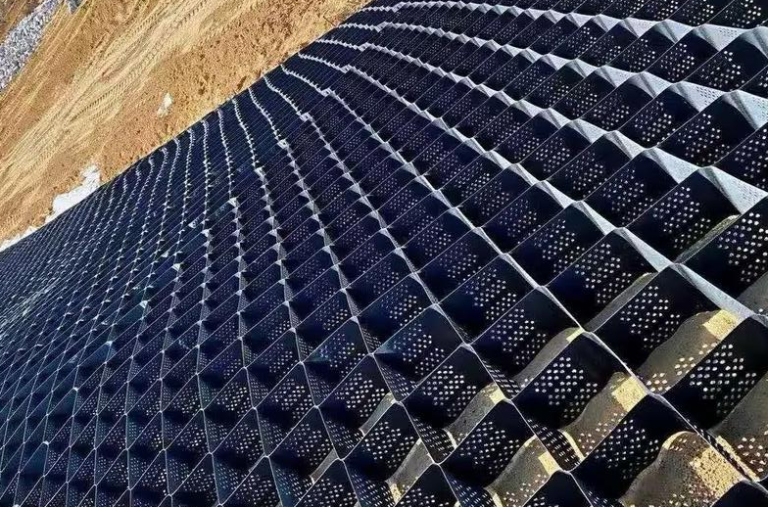
Geocell walls play a vital role in modern construction and civil engineering projects.
And they are an effective and sustainable solution.
End of content
End of content
WhatsApp us